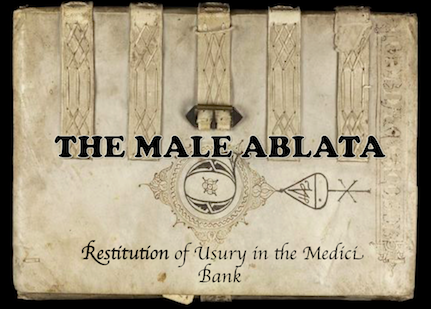Dataset: Introduction
“I have not failed, I’ve just found 10,000 ways that won’t work,” said Thomas Edison about his experiments. As a historian who has never dealt with digital humanities before, I could easily say the same about my process of acquiring, editing, and organizing my data. Given that very few records in my field are digitalized, it was impossible to scrape data from anywhere in the cyberspace, and I had to generate all of it myself by finding bits and pieces in articles, books, museums, and exhibition catalogs around the United States and Italy. Moreover, given the specificity of my topic, units of data that fit my criteria proved to be scarce and information about each individual record was often incomplete (dates, patron names, and other important details are still not known about a number of artworks in my dataset).
My initial plan for this project was to look at the Medici ledgers in the Baker Library at Harvard Business School and to generate a family tree of the Giovenco bracnch of the Medici family with relevant cases of restitution attached to each name and portrait. I already had an Excel spreadsheet that could have served as my dataset for this project and had created a family tree in powerpoint by contacting an expert in the field and consulting a number of sources. However, as I discovered upon further research, only 1 of 174 ledgers in the library had anything to do with usury and restitution, which is why I had to discard the first idea and look for an alternative. Thankfully, I had a back-up plan ready in case if the first one did not work. That back-up plan was to create a dataset centered around artworks that were arguably cases of restitution through art and to provide information about their commission history in order to observe the patterns of religious art patronage among the Renaissance bankers. To find out more on how I found and organized my data, look through the sections below.
